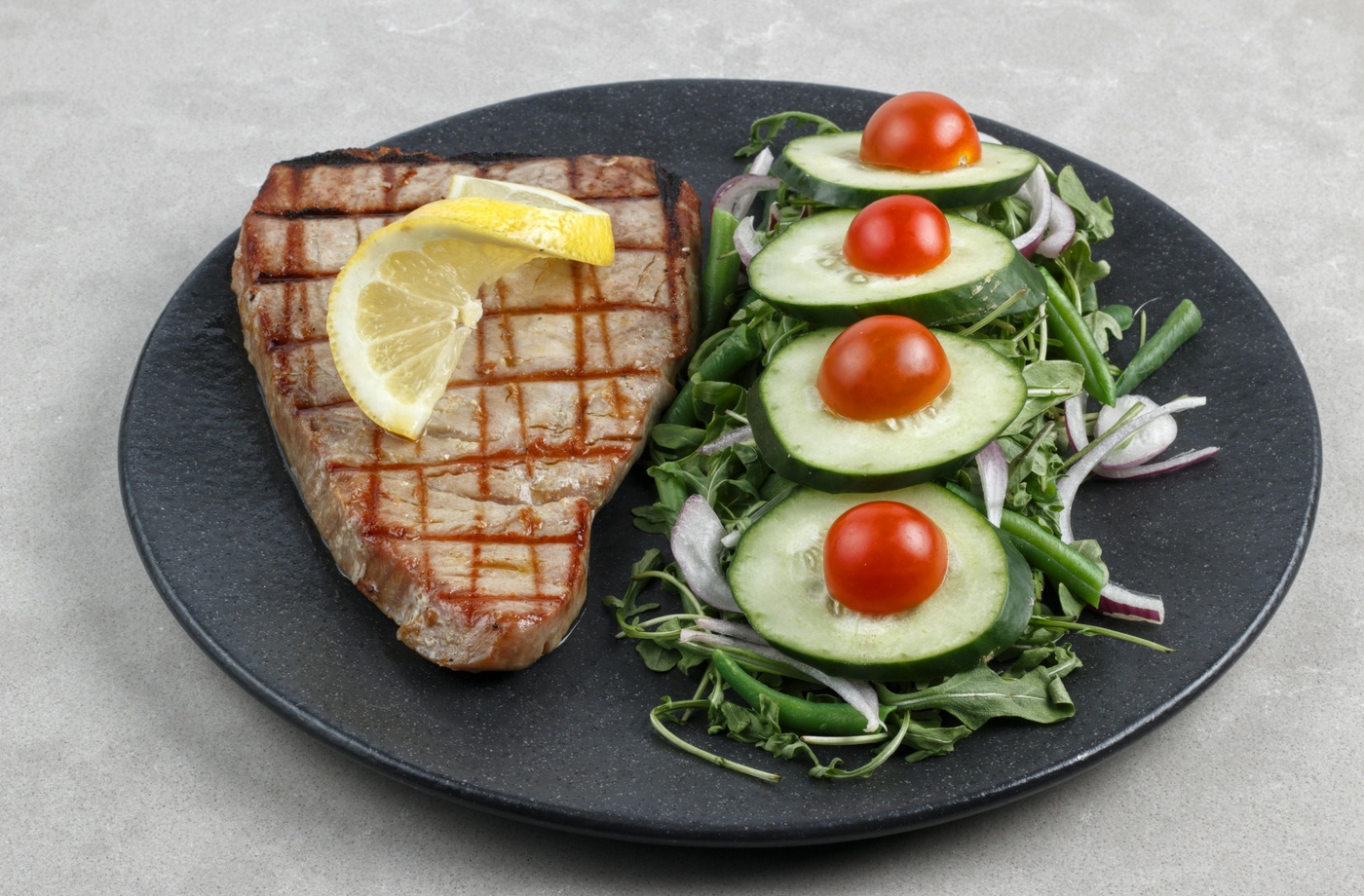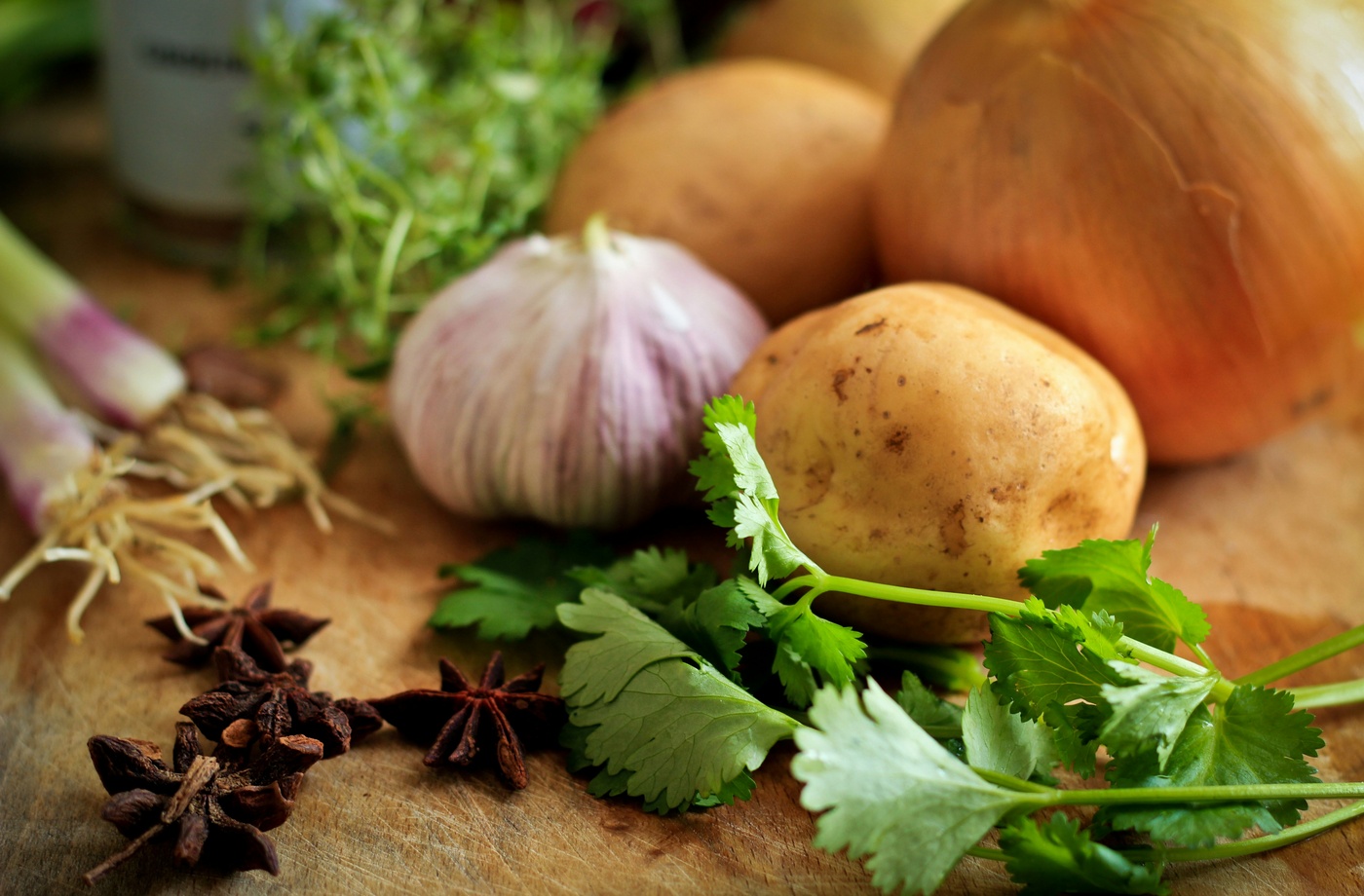Reducing food waste starts in the kitchen, and one of the most effective (and delicious) ways to do that is by using every edible part of your produce. Root-to-leaf cooking isn’t just eco-conscious—it’s also economical, nutrient-rich, and surprisingly flavorful. With a little creativity, parts of vegetables often discarded—like beet greens, carrot tops, and broccoli stems—can become the highlight of your next meal.
Here’s how to make the most of your vegetables from root to leaf.
Beet Greens
These leafy tops are packed with nutrients like vitamin K, iron, and calcium. They taste similar to Swiss chard and work well sautéed or added to soups.
Try this: Sauté beet greens in olive oil with garlic and red pepper flakes, or toss them into a quinoa bowl with lemon vinaigrette.
Check out how to cook beet greens from Bon Appétit.
Carrot Tops
Often tossed in the trash, carrot greens are actually edible and have a bright, parsley-like flavor.
Try this: Blend into a pesto with olive oil, garlic, lemon juice, and sunflower seeds. Use it on pasta, sandwiches, or roasted vegetables.
Here’s a carrot top pesto recipe from Love & Lemons.
Broccoli Stems
The stalks of broccoli are tender and mildly sweet once peeled and cooked. Don’t let them go to waste.
Try this: Shred into slaw, dice for stir-fries, or roast alongside the florets.
Get tips on using broccoli stems from Serious Eats.
Radish Greens
These peppery leaves are similar to arugula and can be enjoyed raw or cooked.
Try this: Wilt into eggs or toss with lemon and olive oil for a peppery salad base.
Swiss Chard Stems
Colorful and crunchy, chard stems can be braised, pickled, or sautéed.
Try this: Sauté with onions and serve over polenta, or pickle with vinegar for a tangy topping.
Leek Tops
The green tops of leeks are full of flavor, though they’re often discarded.
Try this: Simmer into stock or braise with white wine and herbs for a savory side.
Learn how to cook with the whole leek from The Kitchn.
Cauliflower Leaves
Tender and slightly sweet, these leaves are delicious when roasted or sautéed.
Try this: Roast with olive oil and sea salt until crisp, or chop into a curry.
Tips for Root-to-Leaf Cooking
- Wash greens thoroughly to remove grit.
- Peel or trim tough stems before cooking.
- Store fresh tops and stems in breathable bags or containers to extend shelf life.
- Get creative—many greens and stalks can be blended, sautéed, or roasted for different textures and flavors.
Root-to-leaf cooking is about honoring the whole vegetable. It’s a simple shift that’s better for your body, your budget, and the planet.



